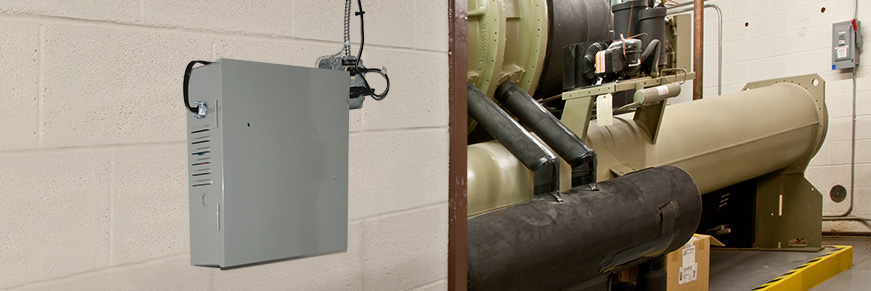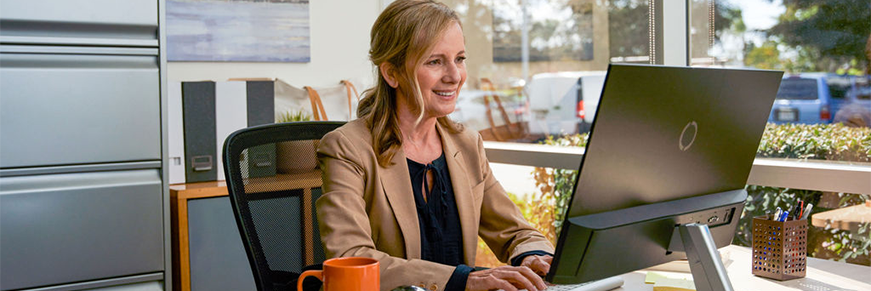Electronic locks are able to communicate in different ways and use different technologies for different reasons. Here are a few examples:
Wired or Hardwired
Connects electronic locks to the access control panel or system using wires. Wires are run from the lock through the door and surrounding infrastructure to the access control panel. It enables real-time communication and lockdown capabilities. Wired access control is widely used, but is also required for certain critical applications.
Wired Connection Types
- RS-485
- RS-485 is the most common and recommended wired connection
- The signal can be carried up to 4,000 ft. over twisted pair wiring and transfers data at a high rate of speed
- Wiegand
- Was the standard for many years in access control
- Communicates binary data (1s and 0s) in a certain order to the access control panel
- This technology is not very secure, has limited capabilities and a 500 ft. limit
- For the Schlage AD-300 a Panel Interface Module (PIB300) is required to facilitate this communication
- Clock and Data
- Also known as magnetic stripe or ABA
- Similar to Wiegand, but the communication is handled differently
- This technology is not very secure, has limited capabilities and limited range
Wireless
Wireless electronic access delivers many of the key benefits of a wired system but allows for openings that were traditionally difficult to run wires to in the past to be secured. Wireless solutions are often more cost effective to install. There are other wireless communication technologies available, but we will cover the most-used ones for commercial access control here.
Wireless Connection Types
- 900 MHz
- The original wireless technology used for access control
- Operates separate from the IT network
- Doesn’t require a lot of power which allows for longer battery life
- Long range - up to 200 ft. with obstructions (normal building construction), up to 1,000 ft. clear line of sight to a panel interface module. This allows for simplified system design. Schlage offers a high gain antenna that can achieve line of sight distances up to 4,000 ft.
- 900 MHz band enables longer transmission ranges because signal propagation with longer wavelengths travel a greater distance and better penetrate typical building construction
- Wi-Fi 2.4 Ghz
- Uses existing network infrastructure and access points
- Locks communicate directly with host software
- Traditionally consumes a lot of power
- Exception: Schlage offers solutions that extend battery life by only updating access rights, audits and other data to and from the lock periodically (every 24 hours). This Periodic Check-in type system is perfect for applications that don’t require real-time control
- Bluetooth® Low Energy
- Originally designed to be a ‘personal area network’
- Short range – the exact distance depends on the specific solution and building environment, but at Schlage we state that our electronic locks using Bluetooth Low Energy can communicate up to 30' in typical building environment to a gateway
- Low power consumption
- Bluetooth Low Energy can also be used to transmit data directly at the opening from a mobile device, which is ideal for systems that don’t require constant real-time control but occasionally need the ability to make immediate updates
For more information view these videos on wired and wireless communication types.














































